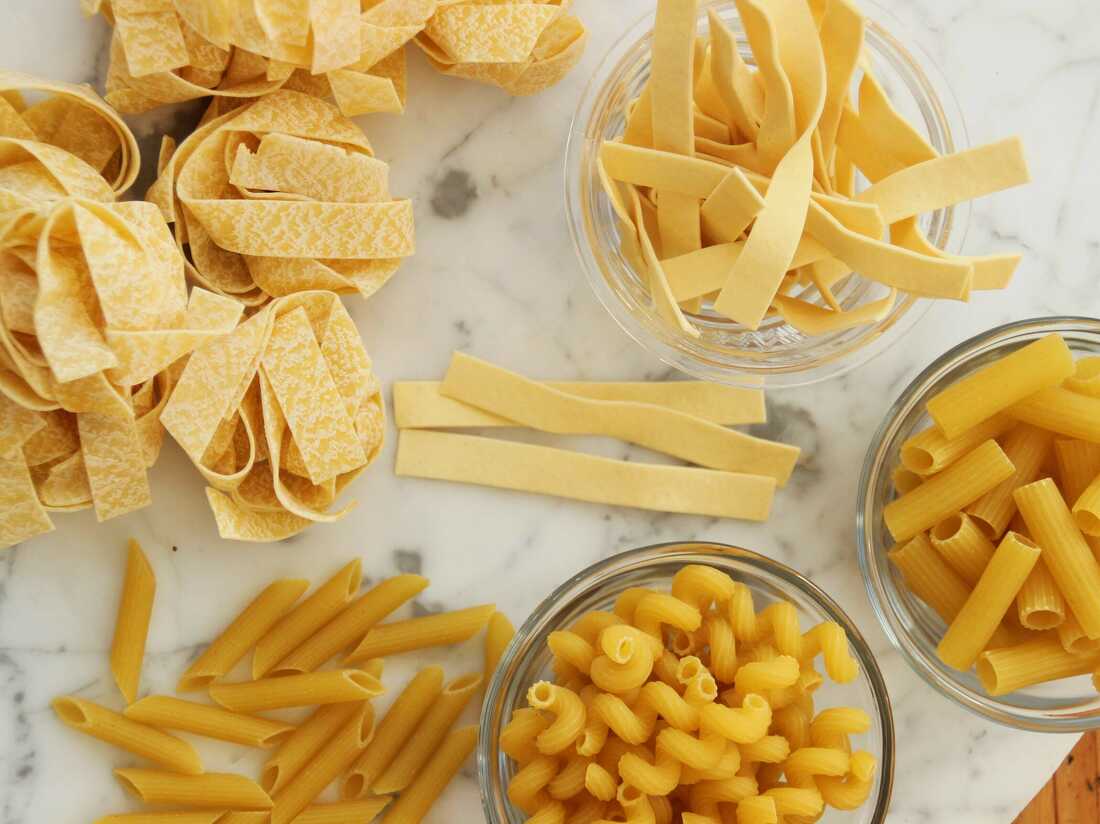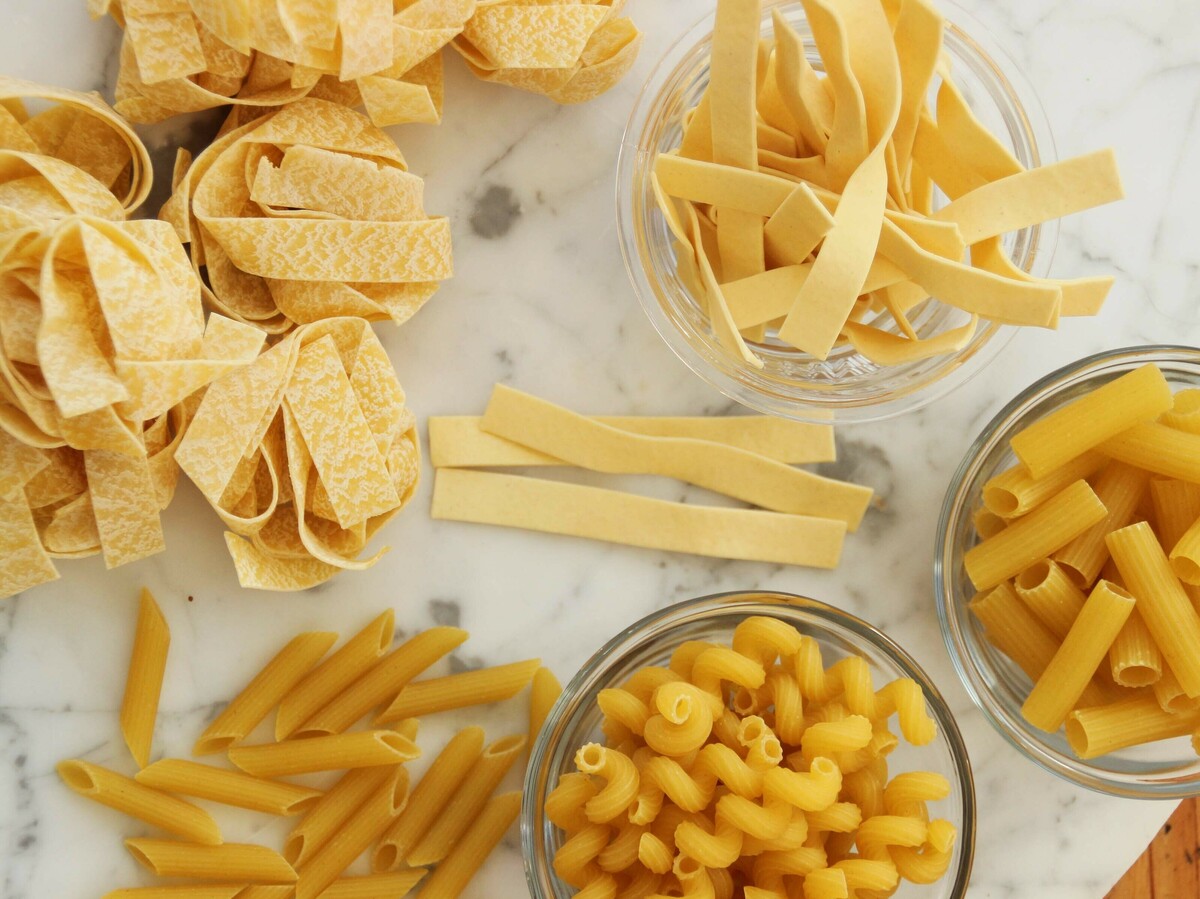
Enlarge this image
While food prices have risen in many parts of the world, a dramatic jump in one of Italy's staple foods has prompted the government to take action. Matthew Mead/AP hide caption
toggle caption Matthew Mead/AP
While food prices have risen in many parts of the world, a dramatic jump in one of Italy's staple foods has prompted the government to take action.
Matthew Mead/APA long-simmering issue finally boiled over last week, when Italy's government convened crisis talks to address the skyrocketing price of pasta.
Pasta prices jumped 17.5% in March — more than double Italy's inflation rate —compared to the same month in 2022, despite a drop in wheat prices, Reuters reported. That was followed by a 16.5% year-over-year increase in April.
Out of Italy's 110 provinces, people in only 12 of them could buy a kilogram (2.2 pounds) of pasta for less than $2.20, according to an April report from consumer rights group Assoutenti, cited by The Washington Post. It said some cities, like Modena, had seen a nearly 50% increase in pasta prices from last year.

Economy Inflation stayed high last month, compounding the challenges facing the U.S. economy
Italy's Industry Minister Adolfo Urso chaired a meeting with lawmakers, pasta producers and consumer rights groups in Rome on Thursday.
The commission said afterward that pasta prices were "already showing the first, albeit weak, signs of a [decrease], a sign that in the coming months, the cost of pasta will drop significantly." And it promised to keep monitoring prices to protect consumers.
It may sound fusilli to some, but the pasta price hike is no laughing matter in Italy.
The average Italian consumed roughly 51 pounds of pasta last year, says David Ortega, a food economist and associate professor at Michigan State University.

Business 2 Californians bought Barilla pasta thinking it was made in Italy. Now they're suing
"To say that pasta is a staple in Italy is an understatement," he tells NPR over email. "It's part of the cultural fabric of the country; their national identity. So, when pasta prices rise, especially of this magnitude, people notice, and it's a big deal!"
But soaring food prices aren't unique to Italy. In fact, Ortega says, federal data shows that the average price of spaghetti and macaroni actually rose even more in the U.S. this past year.
So why aren't Americans in a pasta panic? Ortega has a few theories.

Strange News A massive dump of pasta in New Jersey sets off a fury of interest, and also a fury
For starters, Americans eat much less of it, averaging just 19 pounds per person last year. And while the U.S. has been struggling with high food prices, those concerns and headlines tend to focus more on groceries in general.
"Unlike Italy which has a strong connection to pasta or Mexico, where corn tortillas are a key staple, the U.S. doesn't have one defining staple food," he writes. "We are a melting pot of various cultures and cuisines so there isn't a singular food item or staple that really defines us. We just love food, so when the price of food goes up, as it has been, people feel it."
While it may sound cheesy, there are lessons the rest of the world can learn from Italy's pasta plight.
Why are prices surging?Some consumer advocates in Italy have accused pasta producers of raising prices to boost their profits.








